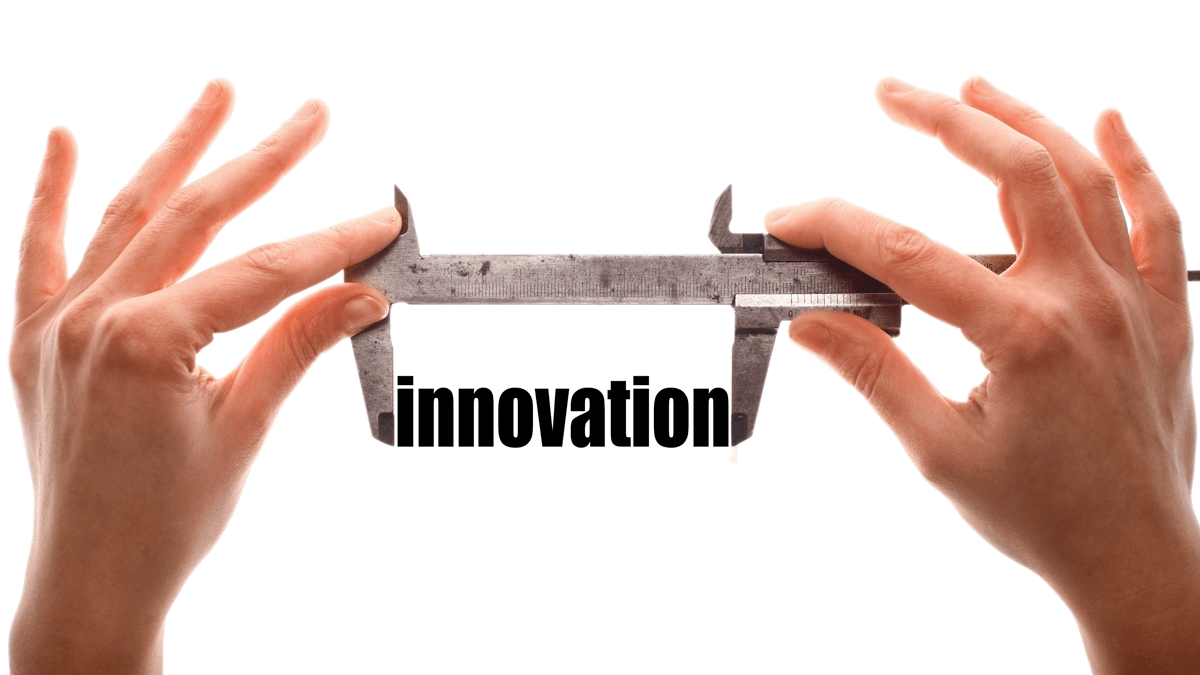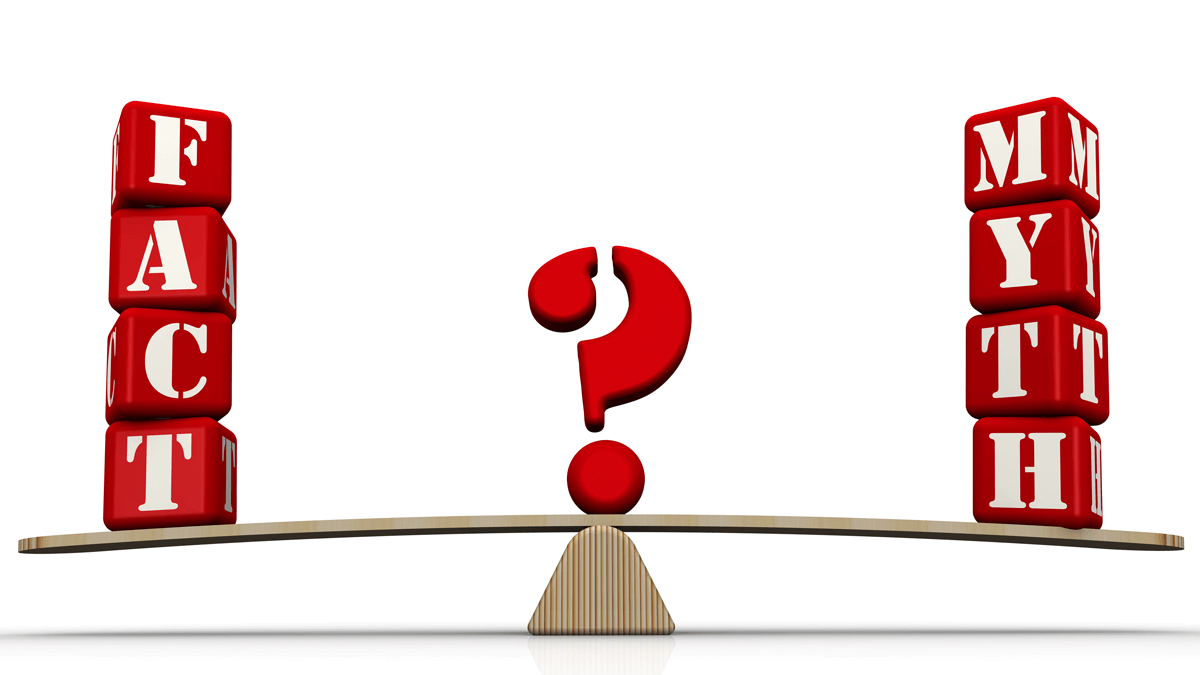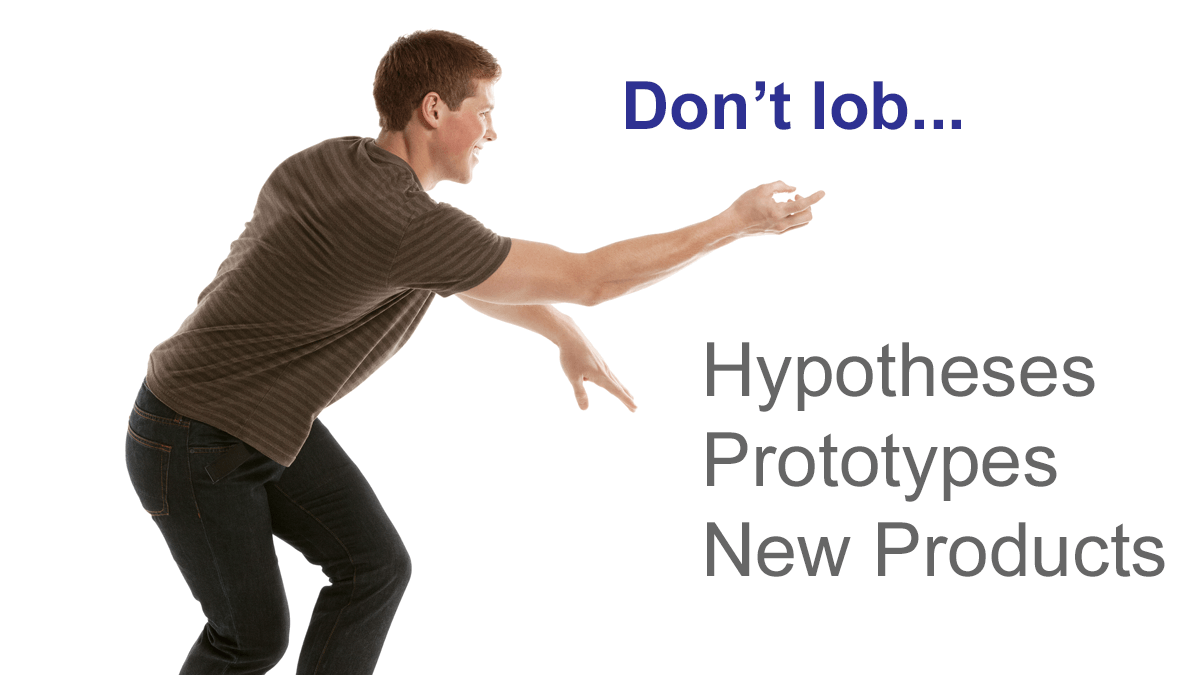What’s the net present value of accelerating the launch of a $5 million revenue-per-year product by one month? About $80,000… or $4000 per business day. Yet we often hinder teams’ progress with organizational friction: travel bans, spending freezes, hiring delays, new assignments, re-organizations, new initiatives, frequent changes in strategy. Consider these actions carefully lest you turn exciting innovation into a mind-numbing slog.
More in article, Accelerate New Product Innovation
During the Vietnam war, the US was still using its cold war approach of “problem as given”… applying prescribed responses for a long list of scenarios. This was a disaster in the face of evolving threats. Now their protocol is “problem as understood”… developing solutions only after the problem is well defined. Is your company using “cold-war innovation,” or does it place a high priority on learning what customers truly want before developing products for them?
More in e-book, Leader’s Guide to B2B Organic Growth
In new product development, keep your mind open to all customer needs before converging on your solutions. Your brain works better this way. It’s why we don’t “judge” ideas during brainstorming. It’s why you like digital photography better than film: You take as many shots as you like (diverge) and later pick the best (converge). When it comes to customer needs, take lots of shots so you can focus on the best later.
More in e-book, Reinventing VOC for B2B
Consider disruptors such as Amazon, Uber, Apple and Airbnb. If you make physical products, someone may “Amazon” you by surrounding their product with amazing services based on the internet-of-things and artificial intelligence. That’s just one example. Stop relying on Porter’s Five Forces (e.g. barriers to competition) to protect you, and begin thinking how you can be the disrupter, not the disruptee. Check out these free FutureScenes® trends sheets for idea-starters.
More in FutureScenes sheets at www.futurescenes.com
Both activities involve movement, but only one lets you get lost for a while so you can see what others have missed. When you develop new products based on sales reports and “validating” your ideas with customers, you’re just map-reading. Put yourself in a position to be amazed by new scenery in customers’ worlds. You’ll need to get comfortable off the beaten path… but you don’t want to go where anything is ‘beaten’ anyway, right?
More in e-book, Leader’s Guide to B2B Organic Growth (Lesson 15)
Keep using the vitality index… new product revenue as % of total revenue. But understand three limitations: 1) It’s not predictive; it only tells you what has already happened. 2) It’s not prescriptive; it doesn’t suggest how to improve. 3) It’s not precise; is it a new product if we just change its color? Supplement the vitality index with 2 newer metrics: Growth Driver Index (GDI), and Commercial Confidence Index (CCI).
More in Leader’s Guide Videos Lesson 29, Employ leading growth metrics
The difference between speed and velocity is that only velocity has a direction associated with it. Many in business are focused on going as fast as they can… in any direction. Avoiding solid front-end-of-innovation work because you want to develop your new product faster is a prime example. Sure, you launched your product quickly… but no one bought it, because you failed to first understand customers’ needs.
More in e-book, Reinventing VOC for B2B
A project landmine is something that blows up budgets, schedule and reputations. No one steps on one they can see. So why don’t we look for them harder and earlier in a project life? Because we’ve been conditioned to think that killing our project equates to failure. Instead, we should identify areas of uncertainty as early as possible. Celebrate when you kill your own project swiftly… and celebrate when you try hard and are unable to kill it.
View video, De-risking Transformational Projects
Are you Newton’s object continuing in the same direction and speed… or are you the force acting on the object? Your company may think it can keep doing what it’s always done. But if your competitors learn how to understand unmet customers’ needs first, they will be the force that changes your direction (down) and speed (slower)… in their favor. Inertia is not your friend. Learning and change are.
More in e-book, Leader’s Guide to B2B Organic Growth
The Oxford Dictionary defines a factoid as an item of unreliable information that is repeated so often it becomes accepted as fact. Too often in product development, what we view as a fact is just a factoid. Its fine to have assumptions, but make sure they don’t dress up as facts. What you think you know is more dangerous than what you know you think.
View video, De-risking Transformational Projects
1) It should be leading: Doing more of this will result in growth. 2) It should be actionable: Our employees can make this happen. 3) It should be benchmarkable: We can compare year-over-year and to our peers. 4) It should be high impact: If we improve these things, it will significantly impact growth. These two metrics pass all four tests: The Growth Driver Index (GDI) and the Commercial Confidence Index (CCI).
More in article, Beyond the Vitality Index: Two Metrics to Truly Assess Innovation Potential
There are several things you should never lob at B2B customers until you’ve first learned from them. Don’t lob your hypotheses, prototypes, or new products—until you’ve learned what these customers want. B2B customers have high knowledge, interest, objectivity and foresight… so they can tell you exactly what outcomes they want… if you know how to ask. It’s both wasteful for you and insulting to them if you assume they can’t help you.
More in Leader’s Guide Videos Lesson 12, Stop leading with your solutions
The potentially-intrusive nature of consumer “big data” has already caused some mistrust of B2C marketers. Conversely, the best B2B marketers—especially in concentrated markets with fewer customers—are now developing powerful interviewing skills to listen closely to their customers. You can imagine the response: Who among us doesn’t want to be carefully listened to and understood?
More in e-book, Leader’s Guide to B2B Organic Growth (Lesson 15)
Each of your market segments has a unique nature, defined by five qualities of its customers: knowledge, interest, objectivity, foresight and concentration. If you treat all markets the same, you’ll seriously sub-optimize. Better to fine-tune your early-stage marketing (understanding customer needs) and late-stage marketing (promoting your solutions) to each market segment. Use this free service to calculate your market’s B2B Index (how B2B it is) and learn 15 customized marketing strategies.
Calculate your B2B Index at www.b2bmarketview.com













